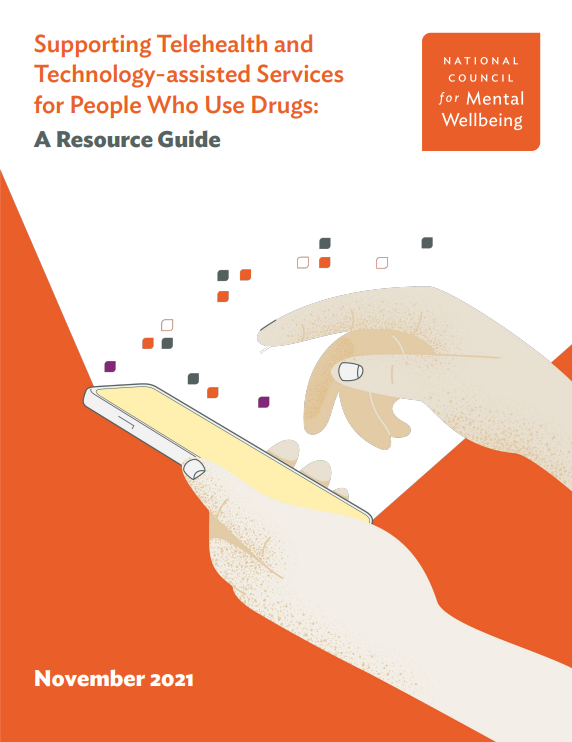Headline
This resource guide can support the use of telehealth and technology-assisted services to increase access to care and improve outcomes for people who use drugs (PWUD).
Context
The surge in telehealth and technology-assisted service usage amid the COVID-19 pandemic created an opportunity to increase access to services while minimizing risks for PWUD. However, there are many challenges in implementing and sustaining telehealth for PWUD, including barriers to accessing technology, provider unfamiliarity and discomfort with these technologies, and reimbursement policies. Using new technology can also exacerbate existing disparities in health and access to care if social and health inequalities are not considered.
About this Tool
This resource guide includes:
- Planning and implementation strategies, with a focus on improving access to technology, increasing staff knowledge of telehealth, and financing telehealth services;
- Training resources for providers, patients, and family members;
- Links to policy and regulatory guidance, including sample policies and protocols; and
- Case studies and examples from the field to give provider ideas on how to best work with patients.
Takeaways
Telehealth and technology-assisted services, as a complement to in-person care, can increase access to services for PWUD, but without recognizing social and health inequities, expansion of these services can unintentionally worsen access to care. Stakeholders can use this guide to support implementation of telehealth and technology-assisted services while advancing more equitable care for PWUD.

